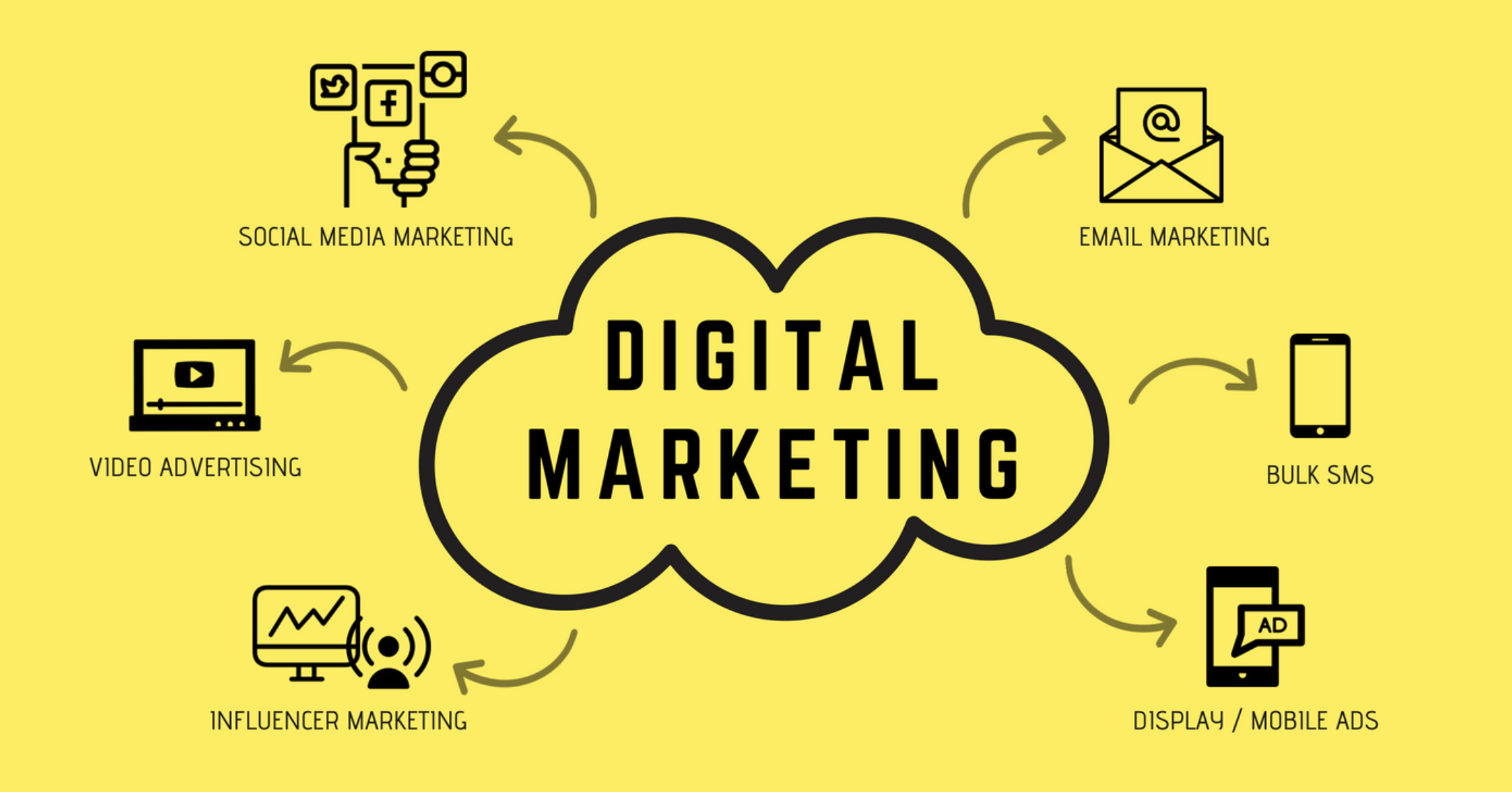Enhance User Experience and Drive Web Traffic With Responsive Web Layout
In today's electronic landscape, where users are accessing internet sites from a wide variety of devices, receptive internet style has actually become more vital than ever. With its capability to adjust and effortlessly adapt to different display dimensions, responsive style not only boosts user experience however also drives website traffic to your internet site. But why is this design method so vital? Just how does it improve user interaction and boost web site traffic? In this conversation, we will certainly check out the crucial elements of efficient receptive design, explore the best techniques for its execution, and reveal the secrets to boosting customer experience while driving even more website traffic to your site.
Why Receptive Internet Style Issues
Responsive website design is a necessary facet of modern web advancement due to its capability to guarantee ideal customer experience across numerous devices and display dimensions. With the spreading of smart devices, tablet computers, and other mobile gadgets, it has actually ended up being essential for sites to adjust and offer smooth capability despite the device being made use of.
The key factor why receptive internet style issues is that it permits users to have a consistent and delightful browsing experience, no matter the gadget they are using. A receptive website instantly readjusts its format, style, and content components to fit the screen size and resolution of the gadget, ensuring that users can quickly browse and communicate with the internet site with no aggravation or frustration.
Furthermore, receptive web layout additionally plays a significant function in search engine optimization (SEARCH ENGINE OPTIMIZATION) Look engines, such as Google, focus on sites that are mobile-friendly and receptive in their search results page. By including responsive style principles, web sites can improve their exposure and ranking, resulting in raised organic website traffic and prospective customers.

Boosting User Involvement Through Responsive Layout
Enhancing individual involvement is a vital goal of responsive style, as it ensures that users can easily access and connect with website web content on any gadget. With the enhancing usage of mobile phones and tablet computers, it is important for internet sites to adjust to different screen dimensions and resolutions. Responsive style allows web sites to instantly change their format and material to supply a smooth user experience across devices.
One of the main means responsive layout boosts user involvement is by lowering load times. With a receptive website, users do not have to wait for separate mobile variations to tons, leading to faster accessibility to content. This enhanced rate brings about higher individual contentment and motivates them to invest more time on the site.
In addition, responsive style boosts individual interaction by enhancing navigating and interface (The Ad Firm Carlsbad). When a website is developed responsively, menus and buttons are maximized for touch communications, making it less complicated for individuals to interact and browse with the website on their mobile phones. This user-friendly and user-friendly experience keeps individuals involved and motivates them to explore more of the web site
Additionally, receptive design enables much better material exposure and readability. By adapting the design and typeface sizes to various tools, receptive internet sites make sure that users can easily comprehend the material and read. This boosts customer involvement by reducing the requirement for zooming or scrolling to review the text.
Raising Site Website Traffic With Responsive Website Design
With the growing appeal of mobile tools, having a web site that is responsive to different screen dimensions and resolutions is crucial for driving increased web traffic. In today's digital landscape, individuals are accessing internet sites from a selection of devices such as smart devices, tablets, and desktop computer systems. Each of these gadgets has different display dimensions and resolutions, and if your internet site internet is not designed to adapt to these variations, it can cause a poor user experience and a loss of prospective traffic.
Receptive website design ensures that your site looks and works efficiently throughout all tools. By using versatile grids, fluid photos, and media inquiries, responsive style enables your website to instantly readjust its material, design, and navigation to fit any type of screen dimension. This means that customers will certainly have a seamless surfing experience no matter whether they are using a big desktop computer or a little mobile phone computer system.
Key Elements of Efficient Receptive Layout
Reliable receptive design integrates several crucial elements that guarantee a smooth individual experience across various tools. Among these aspects is flexible grids and formats. By utilizing loved one devices like portions rather than repaired devices like pixels, developers can produce designs that scale and adapt to fit various display dimensions. This enables web content to be presented in a visually enticing and legible manner on any kind of gadget.
One more important element is media queries. These permit designers to use different styles and formats based on the attributes of the user's tool, such as screen size and alignment. By utilizing media queries, developers can optimize the presentation of web content for each and every gadget, making sure that it is legible and quickly available.
Receptive photos are likewise critical in reliable responsive style. Pictures that are also huge can reduce page tons times on smart phones, while images that are as well little might appear pixelated why not find out more on larger displays. By utilizing methods such as receptive image resizing and lazy loading, developers can ensure that pictures are appropriately sized and optimized for each gadget.
Lastly, efficient responsive style involves a mobile-first strategy. This means developing and prioritizing web content for smart phones first, and afterwards improving the layout and expanding for bigger displays. This method ensures that the most vital material is quickly obtainable on smaller sized screens, while still supplying a rich experience on bigger tools.
Finest Practices for Implementing Responsive Internet Design
Implementing responsive website design requires careful factor to consider of various best techniques to guarantee an ideal user experience across different devices. When implementing responsive internet design., right here are some crucial best practices to adhere to.
To start with, it is vital to prioritize mobile customers. With the enhancing prominence of mobile devices, designing for mobile-first has ended up being vital. Begin deliberately for smaller displays and after that progressively boost the layout for bigger screens.

Another important ideal technique is to enhance photos for different screen resolutions. Huge images can slow down the loading time of your site, particularly on smart phones with slower links. Usage receptive images that can be resized based on the gadget's display resolution to enhance performance.
In addition, examination your site on different tools and display sizes to ensure a smooth and constant experience. There are different testing devices readily available that can assist you identify any issues and make essential changes.
Finally, focus on functionality and accessibility. Make sure that your internet site is very easy to navigate, with clear and concise content. Ensure that your site is obtainable to individuals with handicaps and follows accessibility guidelines.
Final Thought
In final thought, responsive web layout plays a crucial duty in boosting individual experience and driving website traffic to sites. By adopting responsive layout concepts, sites can make certain optimal seeing experiences across different tools, leading to boosted user involvement.
Optimizing user interaction is an essential objective of responsive design, as it makes certain that users can conveniently accessibility and interact with internet site web content on any kind of device. Responsive design allows internet sites to automatically readjust their format and web content to offer a smooth individual experience across devices.
Additionally, receptive style improves customer involvement by improving navigating and individual interface.Responsive pictures are also important in reliable receptive style. By embracing responsive style concepts, sites can make sure internet web design ideal watching experiences across various gadgets, leading to increased user interaction.